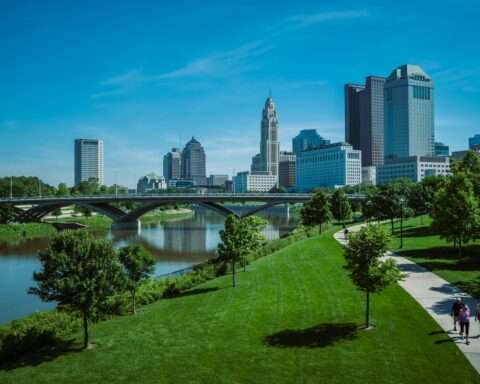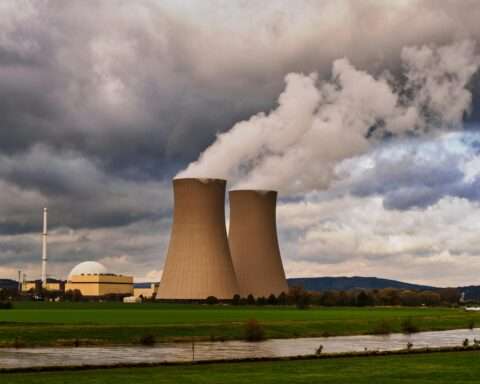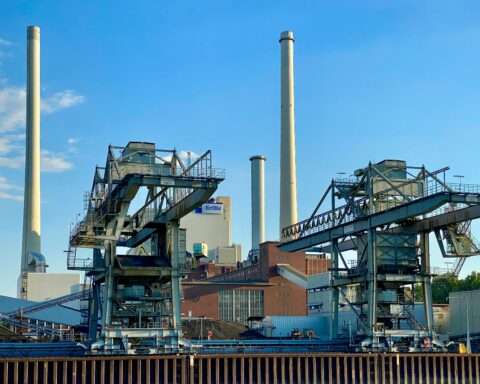The Washington State Department of Transportation (WSDOT) operates the largest ferry system in the United States. However, the current fleet is aging and outdated, burning nearly 19 million gallons of diesel fuel each year. The agency is moving forward with its electrification plans to convert the fleet to exclusively use hybrid-electric ferries by 2040.
On May 30, WSDOT invited shipbuilders to submit qualifications to build five hybrid-electric vessels for the ferry fleet. All five are expected to be delivered by 2030. These vessels will save approximately 240 million gallons of diesel over their 60-year lifespan and reduce emissions from 180,000 metric tons to 45,000 metric tons annually. In addition, the agency will install charging stations at 16 terminals.
The hybrid-electric vessels are part of the agency’s System Electrification Plan, which aims to build 16 vessels by 2040 and convert six diesel vessels to hybrid-electric. WSDOT estimates the electrification program will cost $4 billion to deploy. The state’s fleet decarbonization efforts began with two executive orders in 2018 and 2020 outlining WSDOT’s directive to transition to a zero-carbon-emission fleet.
The plan’s funding, legislative direction and design provides the agency with the resources needed to build hybrid-electric vehicles faster than diesel-only ferries. In addition to reducing greenhouse gas emissions, the vessels will make significantly less noise, protecting marine life while in operation.
The program’s design workshops will provide the agency with more opportunities to explore additional environmentally friendly vessel designs. For instance, while lithium-ion batteries provide a clean power source, battery production and disposal bring up new complications the workshops hope to resolve. WDOT expects to be fully emission-free by 2050.












